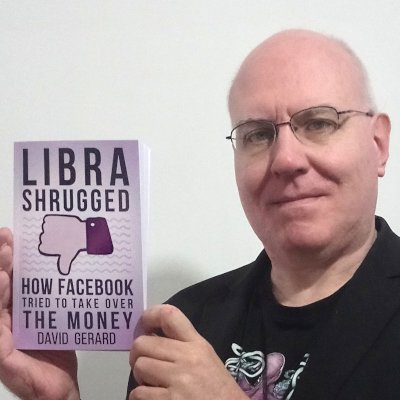The silly stock prices are bets on AI going up forever. But bubbles pop — and the shine has been coming off AI. We estimated that the present AI hype would have two years of desperate venture capital funding — but AI industry peons we spoke to earlier this year gave the VC money only until about the end of 2024.
god that’s not even a particularly long bubble, though I feel like the short expected duration of this one goes hand in hand with how much non-tech people hate AI now — it took a few years of well-thought-out criticism for crypto to go from almost universally hyped to the shit you warn your grandma to not waste money on
while I am rooting for it to happen, it feels like the tech industry’s earned a particularly hard crash this time, and it’s the nature of the fucked up beast that it’ll impact tech workers like you and me more than it’ll ever affect Huang or Altman or anyone else responsible for it. hopefully we can all brace appropriately for a thoroughly miserable time.
These bubbles seem to be inflating and popping with shorter and shorter cycle times, as if the VC-fueled bullshit economy is bumbling toward some kind of ending. It reminds me of a supermassive star burning it’s way down the periodic table until its heart is chock full of iron.
I’m probably just seeing patterns in the noise, but i
t’s a nice thought innit?no you’re right, it’ll probably blast the innocent bystanders, mostly.https://lco.global/spacebook/stars/high-mass-star/
High mass stars go through a similar process to low mass stars in the beginning, except that it all happens much faster. They have a hydrogen fusion core, but much of the hydrogen fusion happens via the CNO cycle. After the hydrogen is exhausted, like low mass stars, a helium core with a hydrogen shell forms, then a carbon core, with helium and hydrogen shells. Then unlike low mass stars, they have enough mass that gravity contracts the core raising the temperature and carbon can fuse into neon, then neon into oxygen, then oxygen into silicon, then iron. Each stage of burning lasts a shorter time than the previous one. For example, in a 25 solar mass star, hydrogen burning would take about 7 × 106 years, helium burning 7 × 105 years, carbon burning 600 years, neon burning 1 year, oxygen burning 6 months and silicon burning one day. Once silicon has fused into iron, no more fusion occurs, as the fusion of iron requires more energy than it releases. The core therefore collapses and releases a huge amount of energy in an explosion called a supernova. In the centre of the debris from the explosion is an incredibly dense neutron star. If the star is massive enough, the neutron star will collapse further and form a black hole.



